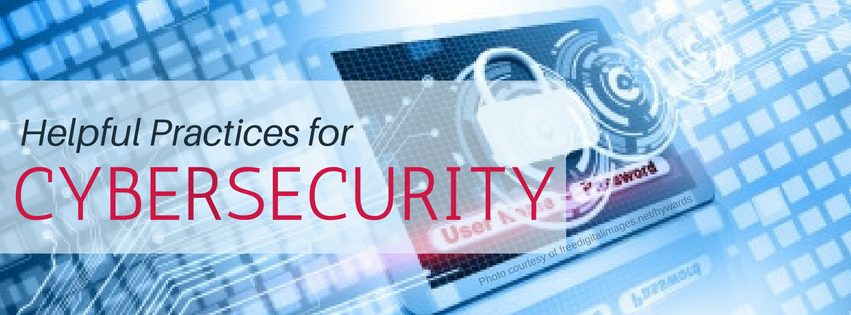Data breaches happen to any company and are a concern for firms of any size. According to an infographic by Sentek global, a study by IBM revealed that the average condensed cost of a data breach is $4 million. This is an increase of over 20% since 2013. It also stated that about 22% of data hacks are due to theft by insiders and another 12% are from accidental information releases. Nonetheless, there are ways to protect your organization and employees from breaches. Here are some security protocols you can implement.
Be aware and in control of who has access to information
Without good security practices, information is always at risk. For this reason, every company needs secure passwords and up-to-date password policies. Train employees on maintaining passwords private and creating strong passwords. Furthermore, to prevent others from accessing sensitive information, employees should lock their computers when away from their desks. If employees are allowed to access to the office network remotely, make sure there is a security measure in place to approve access and monitor activity.
Avoid email scams
Creating email filters helps defend your business against phishing, but more can be done. Due to the increase in phishing, it is important to be able to recognize such suspicious emails. To prevent accidental release of information, prompt employees to take extra precaution in releasing sensitive data to anyone outside of the organization. Better yet, set clear levels of data sensitivity.
Limit access to software and hardware
Limit modifications to your organization’s computers by reducing the number of employees allowed to do so. Familiarize employees with shareware and freeware as this software can be rife with viruses and is a threat. What looks innocent may be deceiving and could expose sensitive information.
Take close watch over mobile devices
Mobile devices, such as phones, laptops, etc., can be hacked easily and are more vulnerable to mobile malware, hacking, or being lost or stolen. Set rules for accessing company data remotely. For example, if you allow access to work networks via public wi-fi, employees must make sure that these networks are secure and separate from the main office network.
Almost half of US companies have had a level of data breach in 2013. You don’t have to be tech-savvy to use someone else’s data for your own benefit. According to a report by Forrester research, the majority of mobile breaches are caused by careless employees. By utilizing strong security practices and upholding the importance of security policies, you can educate employees and keep company data safe.
Photo courtesy of freedigitalimages.net/hywards
